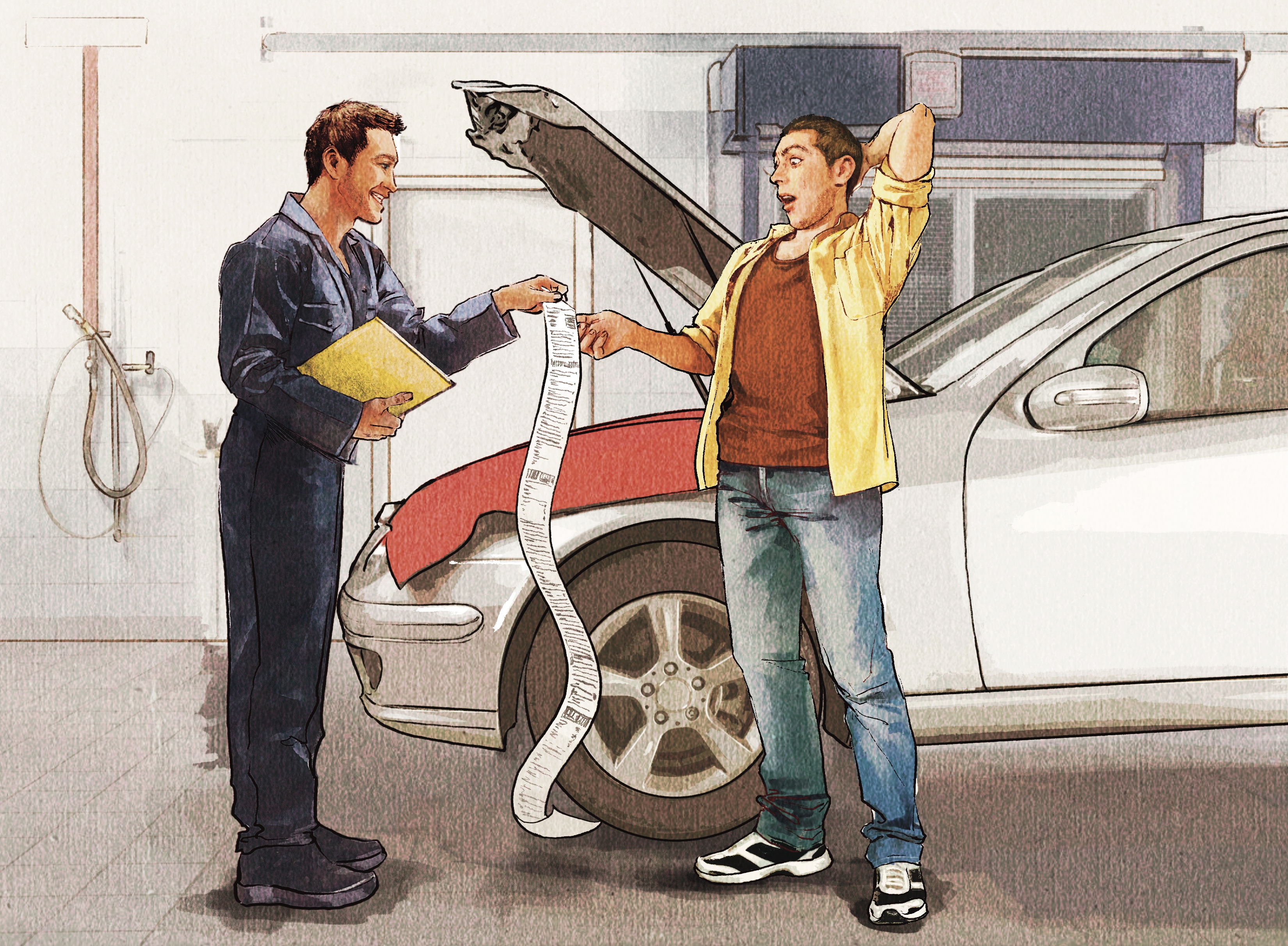“Car repairs and maintenance are critical to keeping your ride running,” automotive expert Lauren Fix, otherwise known as “The Car Coach,” told The Epoch Times. “But while some are necessary, others are often not. How do you spot possible upsells or scams at car repair shops?”
According to American Trucks’ 2023 survey of 1,000 vehicle owners, 35 percent said they have fallen victim to scams by mechanics, at the average cost of $832. Of those surveyed, 86 percent were told that their vehicle needed repairs that weren’t necessary at the time.










